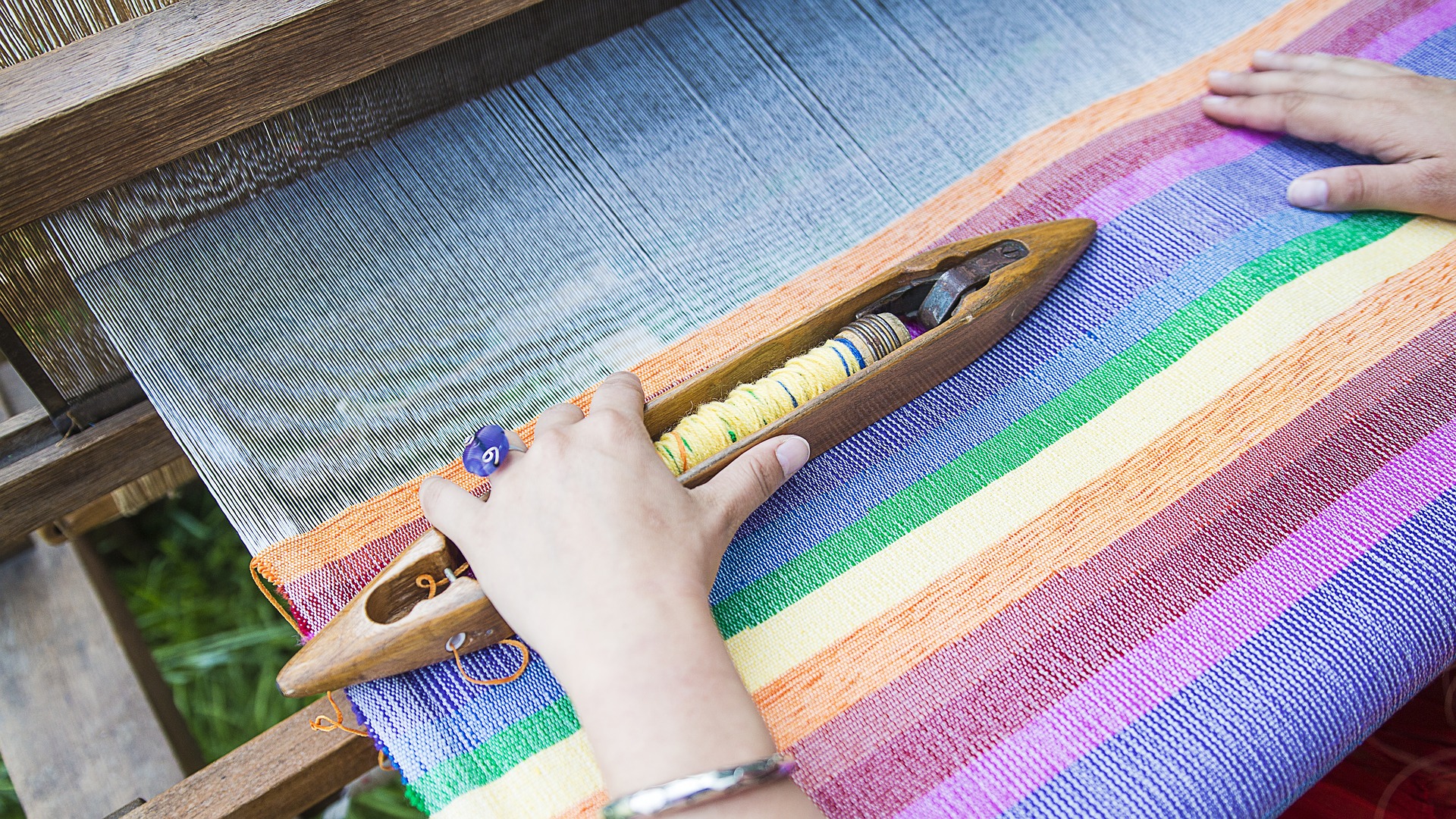Weaving a Better Future Together

Like many others, I’ve learned about both personal and work-related partnerships by being part of some that were good and some I’d rather not think about.
As with a good marriage, a good partnership has the potential to enrich who you are, what you do, and how you do it.
I’ve often thought partnerships could be compared to fabric. Even though one’s existing fabric might be fine, it can be enriched and strengthened by the right partner who weaves in, mixes and mingles their own unique strands of thread and fiber. The resulting mix has the potential to be synergistically rich and strong, creating something that is greater than the sum of the respective parts.
It is especially timely to consider new potential partnerships and collaborations because we’re at a point now where the challenges we’re facing, both locally and globally, are extraordinarily complicated.
If, like many of us, you’re not sure what to prioritize in order to move together toward a better future, the good news is that the United Nations General Assembly has already provided a framework by articulating the 17 Sustainable Development Goals (SDGs). It’s best to think of it as a summary of our most critical issues – or as one of my colleagues has pointed out – all that is wrong with the world. Additionally it truly is a call for action that will promote prosperity while protecting the planet.
Why Collaboration?
These days what seems especially clear is that no one can do it alone. As a result, collaboration and partnerships between, and among government, social profits, businesses, social enterprises and citizens, will be essential for amplifying capacity for resolving complex social, economic, and environmental issues.
The more collaboration there is, the more opportunity there will be to view challenges holistically or from a systems perspective. Additionally, the neutral, collective space that sits between the organizations, businesses, or sectors involved in partnerships, provides a meeting place for pooling of extensive individual and organizational knowledge, expertise, and talents. This sharing of ideas, resources, and information is what often leads to innovation, as well as to the reduction of overlaps and duplication.
Preparing for Collaborations and Partnerships
When an organization or business is considering the possibility of partners, just as with a marriage, they need to know not only who they are, but whether or not they’re ready to partner. Questions for consideration could include: Why are we entering this collaboration? What value do we have to offer a potential partner? Do they bring value that could help us? Do we have the time and resources to work with a new partner?

The Best Partnerships Are Like a Pie
Our experience has shown that the most effective partnerships are those where all those involved have determined they want to be part of the same vision. If that vision is compared to a pie, each partner will see their own unique and distinct piece of the pie. Most importantly, each partner will be happy with their particular piece of the pie and won’t be as interested in each other’s piece! Unfortunately, assembling and baking that kind of pie will often take time and patience.
Make Sure You’re Teaming Up with Those Rowing in the Same Direction
In addition to the common vision, research shows that for a collaboration to be successful there must be a collectively-designed and owned plan. The collaboration must also allow the individual partners to utilize their respective strengths for the benefit of everyone involved. All partners will need to have the opportunity to contribute their expertise, ideas, and information to the implementation of the collaboration. Along the way, priority needs to be given to discussing values, principles, and policies that will address the practicalities of working together. Much of the focus will need to be placed on the development of strategies that will ensure open and honest communication.
Figure Out the Long And The Short of It
Addressing the above issues will help your organization or business determine the intensity of the potential partnership. It could be that your collaboration is informal and short term with each partner retaining its own decision-making and responsibility. On the other hand, your collaboration could fall at the opposite end of the spectrum with a partnership that is more formal and long term with more decision-making and accountability to one another. Of course your collaboration could also fall on the continuum somewhere within those two extremes.
The Right People Doing the Right Things at the Right Times
When it comes right down to it, any partnership will need to be about having the right people together at the right time doing the right things because ultimately partnerships are about people pulling together in the right direction. For sure it will be challenging but in the end it is really quite simple - good collaboration means we can do something better when we do it together.
Next entry: If a Three Year Old Can Understand Collaboration…
Previous entry: Love Your Pink Shorts!

 Brenda Herchmer is the owner of Grassroots Enterprises, a community development consulting company.
Brenda Herchmer is the owner of Grassroots Enterprises, a community development consulting company.